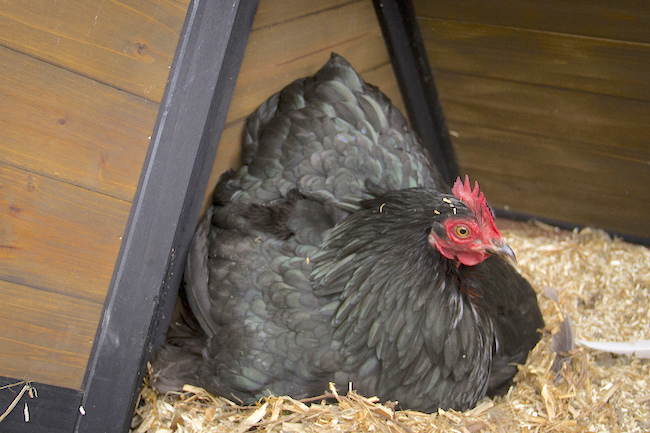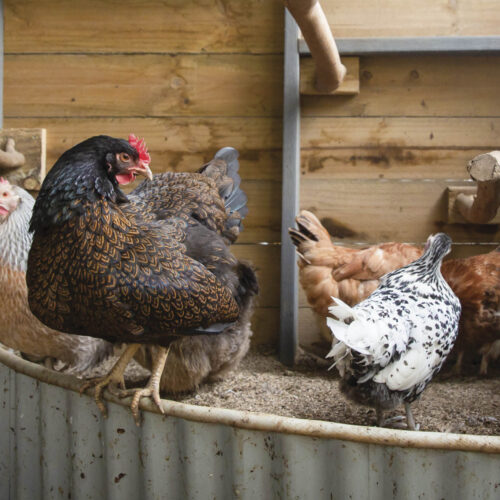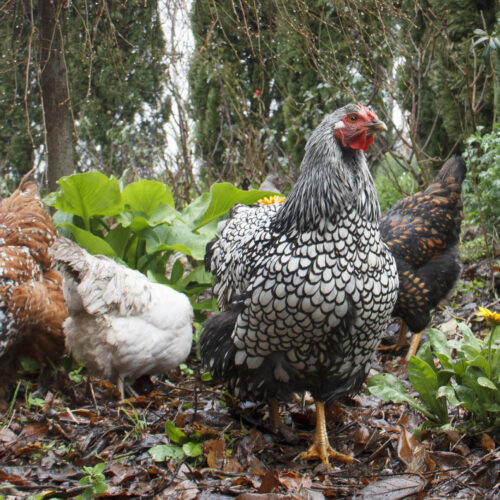The best nest
2017-06-28T04:40:37+10:00
Jessamy Miller investigates nest boxes, from size and siting to keeping them clean, in the hen house.
Now we have passed the winter solstice, the increasing levels of light will begin to stimulate egg lay. Chook nest boxes are going to get a workout, so it’s important they meet the hens’ needs. A good nest box is clean, dark and filled with soft litter such as wood shavings or rice hulls.
Size matters
Plan to have one nest for every three hens; sized around 30cm x 30cm x 40cm high for standard fowls. Nest boxes can cause first-class drama when all the chooks want to lay in the same box at once. It may help to provide a communal nest around 60cm long to encourage the girls to share.
Darker is better, as when an egg is laid, soft tissue in the hen’s vent protrudes in an unsightly manner, and nearby hens may be tempted to peck this. Additionally, egg eating is less likely to occur in dim light.
Fancy trimmings such as curtains are not necessary; chooks will be happy with a wooden box, food-grade bucket or plastic tub. One big ticket option is the rollaway nest, designed to roll the egg out of reach underneath; useful where egg eating, egg breaking or daily collection is an issue.
Keep it clean
It’s important to maintain hygiene in the nest area. Damp patches, mould and manure should not come in contact with eggs, as shells are porous, and bacteria may pass inside. Do a poop scoop of the nests each week and replace litter if damp or dirty. Give nests a scrub twice a year, and an airing, or leave out in the sunshine to dry.
Nest boxes should be checked regularly for external parasites such as red mites, which live in cracks and crevices. These are visible at night by torchlight as tiny moving black dots. Boiling hot water poured over all surfaces and joins will destroy them. Repeat a week later to kill any eggs that have hatched.
Naughty habits
Some hens pick up the bad habit of sleeping in the nest box – this should be firmly discouraged: it soils the nest, and perching is important for muscle tone. Instead place the hen on the perch each night so she learns to roost. This may take days, weeks, or, in the case of Silkies, months! Additionally, put a barrier in each nest like a bucket or soccer ball in the evening before roosting time. Remove this once hens have gone to sleep so they can lay in the morning.
Hot box
It’s hard work laying an egg, and can take up to 45 minutes, so you can imagine how hot it becomes in summer – make sure nest boxes have plenty of ventilation and are on the shady side of the henhouse. I drilled a row of air holes in mine with a 5mm drill bit. Site boxes lowdown to mimic nature; hens would rather lay under a bush than up a tree.
Keep nests clean and inviting, and you’ll reap the benefits with satisfied birds, and plenty of clean fresh eggs.






